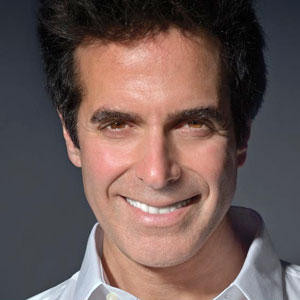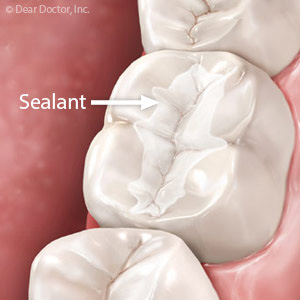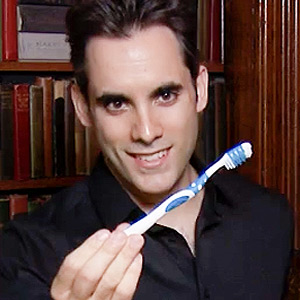Although the air we breathe has one destination—the lungs—it can arrive there via two possible routes: through the nose or the mouth. In terms of survival, it matters little through which path air travels—just so it travels one of them!
In terms of health, though, breathing through the nose is more beneficial than through the mouth, and is our default breathing pattern. The nasal passages filter minute noxious particles and allergens. Air passing through these passages also produces nitric oxide, a gaseous substance that relaxes blood vessels and improves blood flow.
On the other hand, chronic mouth breathing during childhood can impact oral health. While breathing through the nose, the tongue rests against the roof of the mouth and thus becomes a mold around which the upper jaw and teeth develop. But mouth breathing places the tongue on the lower teeth, which deprives the upper jaw of support and can lead to an abnormal bite.
So why would people breathe through their mouth more than their nose? Simply put, it’s more comfortable to do so. Because breathing is so critical for life, the body takes the path of least resistance to get air to the lungs. If obstructions caused by allergic reactions or swollen tonsils or adenoids are blocking the nasal pathway, the action moves to the mouth.
But chronic mouth breathing can often be treated, especially if addressed in early childhood. This may require the services of an ear, nose and throat specialist (ENT) and possible surgical intervention to correct anatomical obstructions. It’s also prudent to have an orthodontist evaluate the bite and institute corrective interventions if it appears a child’s jaw development is off-track.
Even after correcting obstructions, though, it may still be difficult for a child to overcome mouth breathing because the body has become habituated to breathing that way. They may need orofacial myofunctional therapy (OMT), which retrains the muscles in the face and mouth to breathe through the nose.
Chronic mouth breathing isn’t something to be ignored. Early intervention could prevent future oral and dental problems and help the person regain the overall health benefits for nose breathing.
If you would like more information on overcoming chronic mouth breathing, please contact us or schedule an appointment for a consultation. You can also learn more about this topic by reading the Dear Doctor magazine article “The Trouble With Mouth Breathing.”









